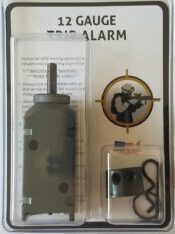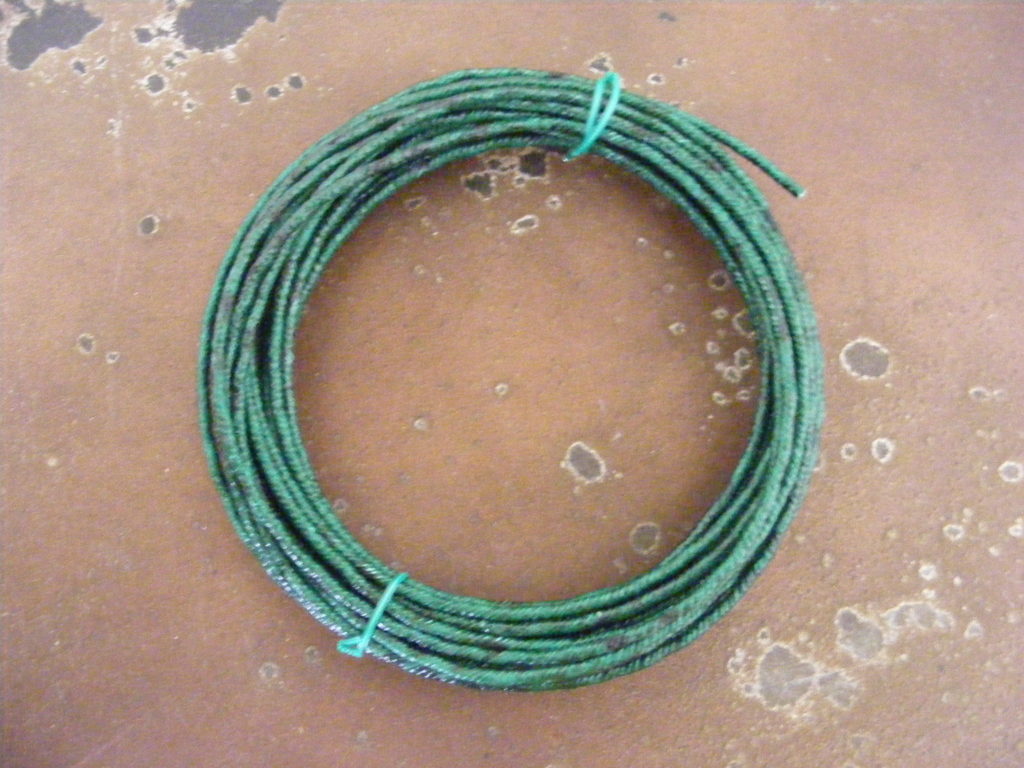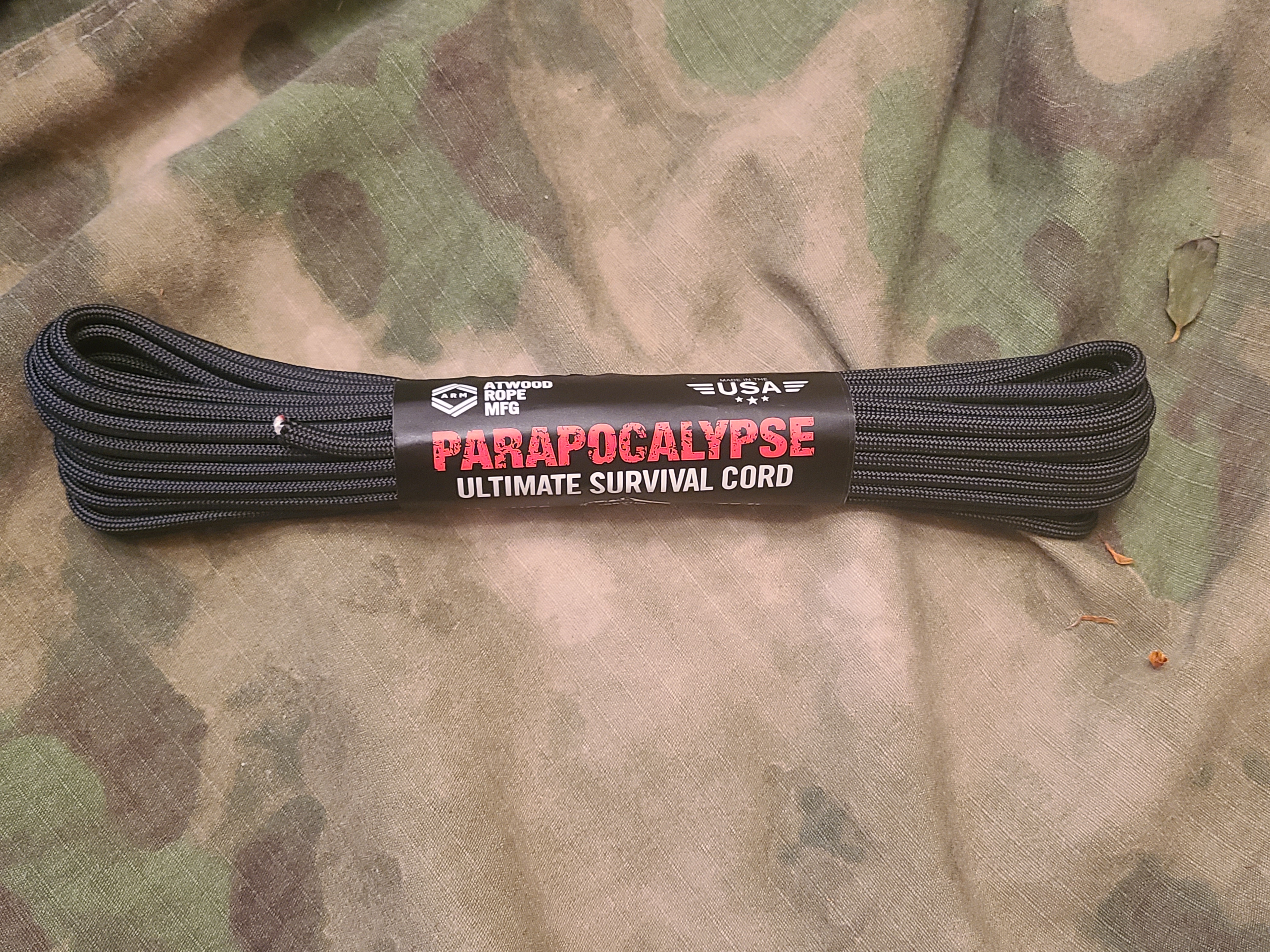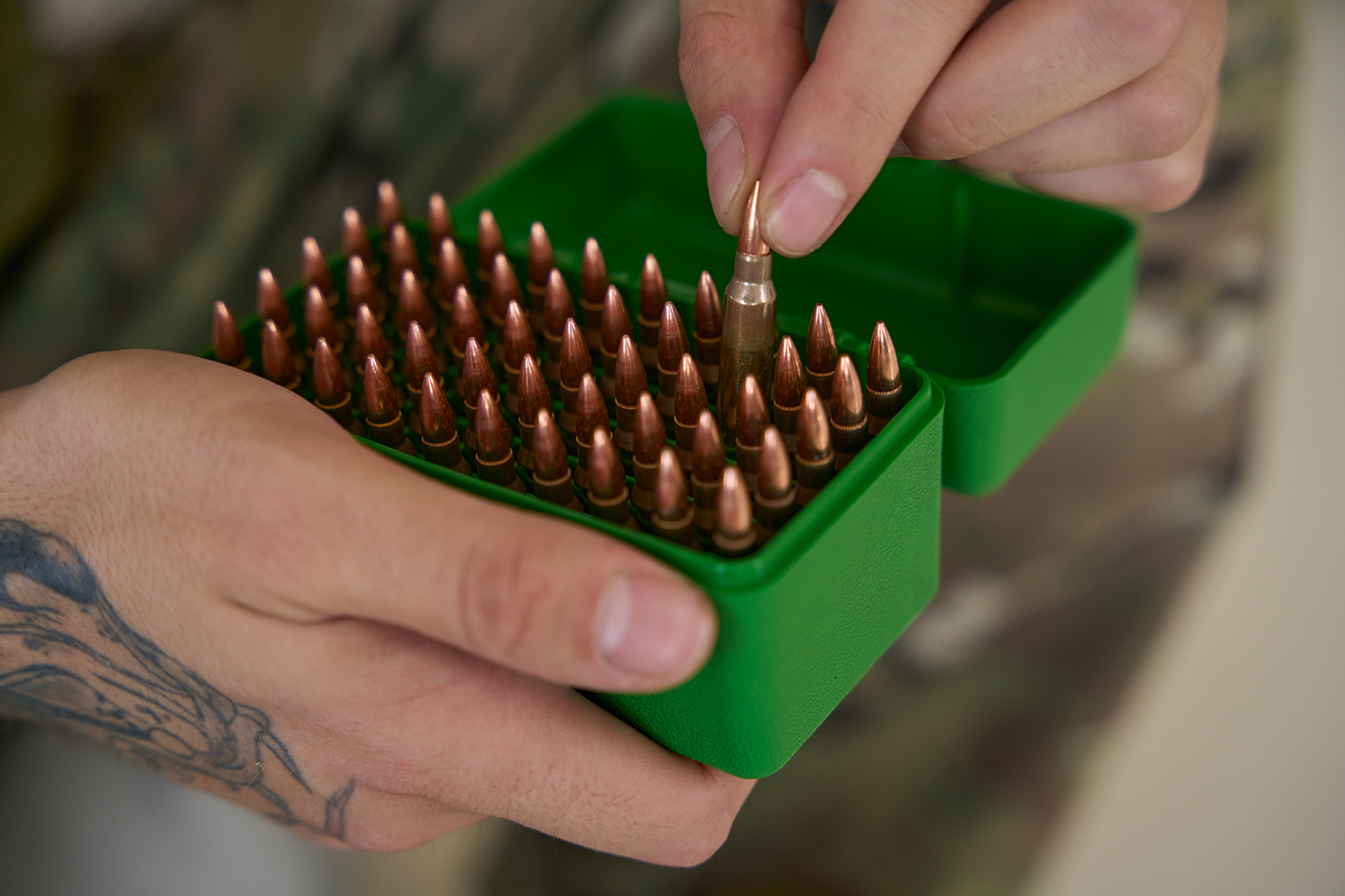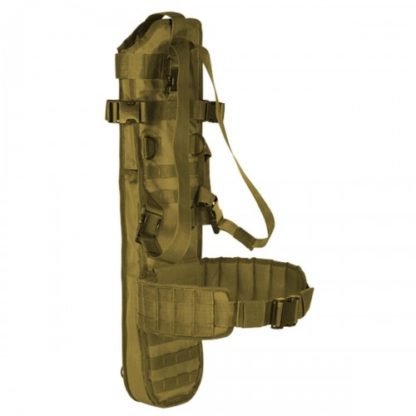
As somebody who has been hunting for numerous years, I have come to understand that the accessories you bring to your hunting trips can make all the difference. One accessory that I have found to be incredibly useful is the rifle or shotgun scabbard.
If you’re not familiar with what a scabbard is, it’s essentially a holster for your firearm that is designed to be attached to your horse or backpack. In this blog post, I’ll be discussing the numerous uses of having a rifle or shotgun scabbard, and how it can make your hunting trips more successful.
Protection and Convenience
One of the primary benefits of having a rifle or shotgun scabbard is that it provides excellent protection for your firearm while you’re on the move. It protects your firearm from scratches and keeps it secure in place even if you fall or stumble. Additionally, scabbards make it much easier carrying your firearm, you don’t have to carry it around in your arms all the time. You can mount it at the back of your saddle or attach it to your backpack.
Prevents Accidents
Hunting requires you to be incredibly focused, and accidents can happen when you’re deep in the woods for long periods. With a scabbard, you avoid mishaps that can happen when you let your rifle or shotgun wander around. A good scabbard ensures that your gun stays in place and out of harm’s way. By having a scabbard, you are also able to slide your firearm easily in and out of the scabbard and save time in the process.
Easy Access
Hunting involves a lot of walking, hiking, and tracking down your prey. A scabbard can help keep your hands free so that you can focus on finding animals. You can quickly draw your rifle or shotgun from the scabbard at a moment’s notice if you have an unexpected encounter with your target animal. This can make the difference in your hunting success.
Versatility
Scabbards can be versatile and used for both hunting and other outdoor activities. For example, scabbards can be used for wildlife photography or hiking in the backcountry. By having a scabbard, you can easily holster your firearm whenever you need it, without risking any damage to your gun.
Comfort
Lastly, and perhaps most importantly, scabbards can help reduce fatigue and make you feel more comfortable during your hunting trips. They can help you regulate your body temperature by taking the weight off your arms and providing a comfortable grip. This can be extremely helpful when you’re deep in the woods and far from home.
Overall, investing in a high-quality rifle or shotgun scabbard can be an excellent decision for anyone who loves to hunt. It can not only protect your firearm but also make your hunting trips more successful by providing easy access, preventing accidents, and keeping you comfortable and fatigue-free. By integrating a scabbard into your hunting gear, you can take your hunting game to the next level.
Get yours here: https://gumgully.com/?s=Scabbard+
Products:
12 Gauge Dragon’s Breath Shot Gun Ammunition
Videos:



